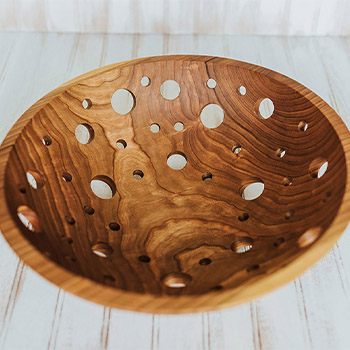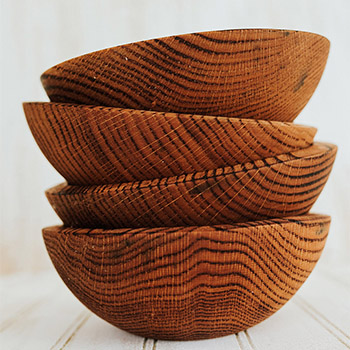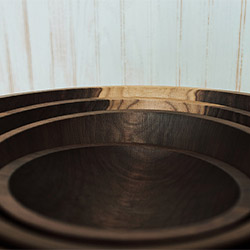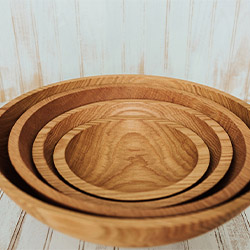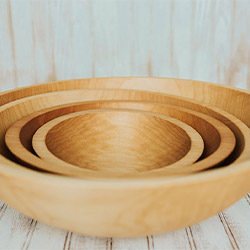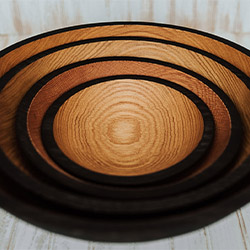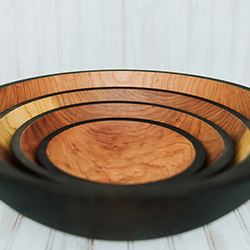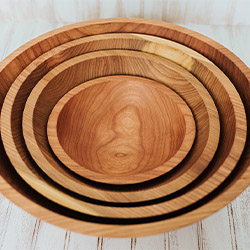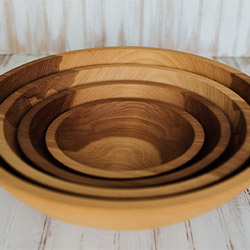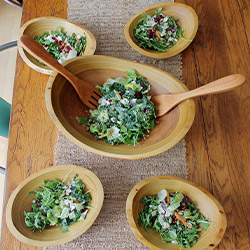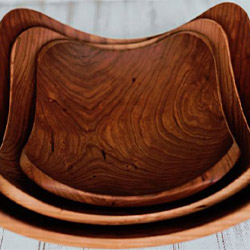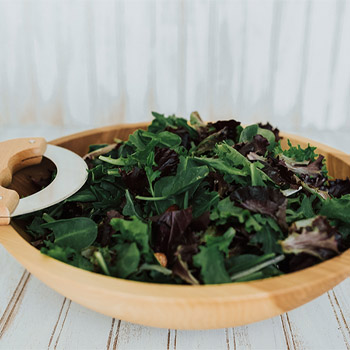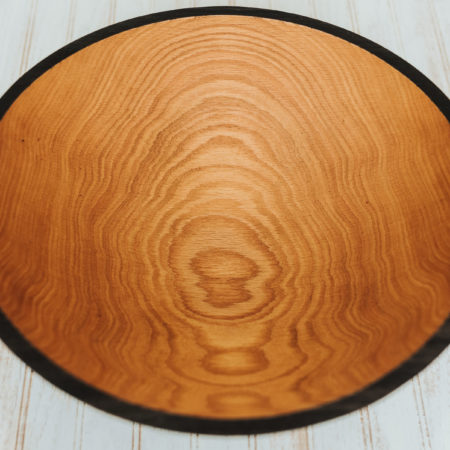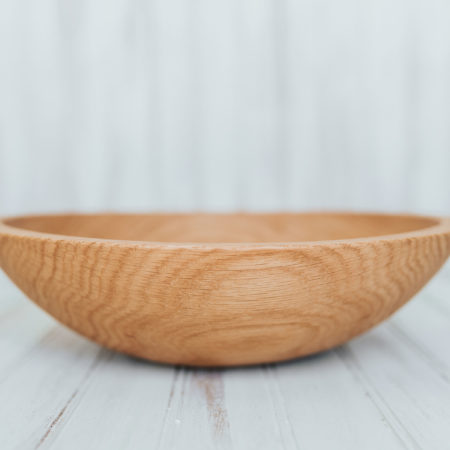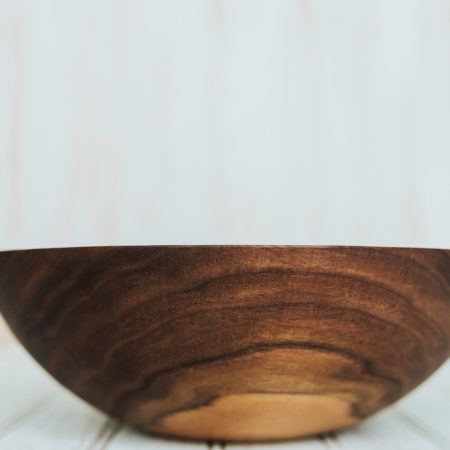Did you know that wooden utensils are prone to cracking if not properly cared for?
It’s a common issue that can be easily avoided with a few simple tips.
In this discussion, we will explore the best practices for preventing cracks in your wooden utensils, ensuring their longevity, and maintaining their natural beauty.
So, if you want to keep your wooden utensils in pristine condition, keep reading to discover these essential care tips.
Key Takeaways
- Choosing the right wood for wooden utensils is important. Oak, maple, and cherry are popular choices, each with their own strengths and suitability for different tasks.
- Proper cleaning and maintenance techniques include hand washing with mild soap, avoiding harsh detergents and soaking, and applying a protective coating of food-grade mineral oil or beeswax.
- Applying a protective finish to wooden utensils helps preserve their beauty, durability, and hygiene by sealing the pores and preventing absorption.
- Avoiding extreme temperatures, both high heat and extreme cold is crucial to prevent warping, cracking, and damage to the protective finish. Proper storage in a cool, dry place away from moisture sources and direct sunlight is also essential.
Choosing the Right Wood
When selecting wooden utensils, it’s important to carefully choose the right type of wood for optimal durability and functionality. The type of wood you choose can greatly impact the lifespan and performance of your utensils. Oak, maple, and cherry are popular choices due to their strength and resistance to cracking. Oak, known for its durability, is perfect for heavy-duty tasks like stirring thick sauces or mixing dough. Maple, with its tight grain and smooth texture, is ideal for cutting and slicing. Cherry, on the other hand, is a softer wood that works well for serving and stirring. Each type of wood has its own unique qualities, so it’s essential to consider the specific tasks for which you’ll be using your utensils.
Apart from durability and functionality, the aesthetics of wooden utensils are also important. The natural beauty of wood adds warmth and character to your kitchen. Some people prefer lighter woods like birch or ash, while others prefer darker woods like walnut or mahogany. It’s a matter of personal preference and the style you want to achieve in your kitchen. By carefully selecting the right type of wood, you not only ensure the longevity and performance of your utensils but also create a cohesive and inviting space in your kitchen.
When choosing wooden utensils, it’s crucial to look for high-quality craftsmanship. Poorly made utensils can have weak joints and rough surfaces that may cause splinters or break easily. Look for utensils that are well-sanded and finished with food-safe oils or waxes. These finishes not only protect the wood but also enhance its natural beauty. Additionally, consider the length and shape of the utensils. Longer handles provide better control, and ergonomic designs can make tasks more comfortable.
Proper Cleaning Techniques
To ensure the longevity and cleanliness of your wooden utensils, it’s essential to follow proper cleaning techniques. Taking good care of your wooden utensils not only enhances their durability but also keeps them safe and hygienic for use.
Here are some tips to help you clean your wooden utensils effectively.
Firstly, always wash your wooden utensils by hand with warm water and mild dish soap. Avoid using harsh detergents or soaking them for extended periods, as it can cause the wood to warp or crack. Gently scrub the utensils with a soft sponge or cloth to remove any food particles and residue.
After washing, rinse the utensils thoroughly with warm water to ensure all soap is removed. It’s important to dry them immediately using a clean towel. Leaving them wet or soaking in water can lead to the growth of mold and bacteria, which can damage the wood.
To maintain the natural beauty of your wooden utensils, it’s recommended to apply a thin layer of food-grade mineral oil or beeswax regularly. This helps to prevent the wood from drying out, cracking, or absorbing unwanted odors and stains. Simply rub a small amount of oil or wax onto the utensils using a soft cloth and let it absorb for a few minutes before wiping off any excess.
Lastly, avoid exposing your wooden utensils to extreme temperatures or direct sunlight, as it can cause them to warp or fade. Store them in a cool, dry place, preferably in a utensil holder or drawer to protect them from dust and moisture.
Applying a Protective Finish
For added protection and to enhance the longevity of your wooden utensils, consider applying a protective finish. A protective finish acts as a barrier, preventing moisture, bacteria, and stains from penetrating the wood. By taking this simple step, you can ensure that your utensils remain in pristine condition for years to come.
Here are three reasons why applying a protective finish is beneficial:
- Preserves Natural Beauty: Applying a protective finish not only shields your utensils from damage but also enhances their appearance. The finish brings out the natural colors and patterns of the wood, making your utensils look even more stunning. With a beautiful and well-maintained set of wooden utensils, you can take pride in your kitchen and feel a sense of belonging.
- Increases Durability: Wooden utensils are prone to wear and tear, especially when exposed to water and heat. However, by applying a protective finish, you can significantly increase their durability. The finish creates a tough outer layer that shields the wood from cracking, warping, and splitting. With sturdy and long-lasting utensils, you can confidently use them in your daily cooking routine.
- Improves Hygiene: Wooden utensils can absorb liquids and harbor bacteria if not properly protected. However, a protective finish seals the pores of the wood, preventing the absorption of liquids and making it easier to clean and maintain hygiene. With a more hygienic kitchen, you can ensure the health and well-being of your loved ones, creating a sense of belonging and peace of mind.
To apply a protective finish to your wooden utensils, choose a food-grade product specifically designed for this purpose. Follow the manufacturer’s instructions and apply the finish evenly to all surfaces. Allow it to dry completely before using the utensils. By taking this small step, you can provide your wooden utensils with the care they deserve, ensuring their longevity and the joy they bring to your kitchen.
Avoiding Extreme Temperatures
To prevent damage to your wooden utensils, it is important to avoid subjecting them to extreme temperatures. Wooden utensils are sensitive to temperature changes and can easily crack or warp if exposed to extreme heat or cold.
It is important to keep your wooden utensils away from direct heat sources such as stovetops, ovens, and open flames. Avoid placing them in the dishwasher, as the hot temperatures and strong water jets can damage the wood. Instead, hand wash them using mild soap and warm water, and dry them immediately.
When it comes to extreme cold, avoid leaving your wooden utensils outside in freezing temperatures or storing them in a freezer. The sudden change in temperature can cause the wood to contract and crack. Instead, store them in a cool, dry place, away from drafts and direct sunlight.
Storing Wooden Utensils Correctly
After taking the necessary precautions to avoid extreme temperatures, it’s essential to store your wooden utensils correctly to ensure their longevity and quality. Proper storage not only prevents cracks and warping but also helps maintain the natural beauty of the wood. Here are some tips to help you store your wooden utensils correctly:
- Keep them in a dry place: Moisture is the enemy of wooden utensils as it can cause the wood to expand and contract, leading to cracks. Store your utensils in a dry environment, away from any sources of moisture like sinks or dishwashers.
- Avoid direct sunlight: Sunlight can cause the wood to fade and dry out, making it more prone to cracking. Store your utensils in a shaded area or use a utensil holder that shields them from direct sunlight.
- Store them upright: Storing your wooden utensils upright helps to minimize contact with surfaces, reducing the risk of damage and preventing the accumulation of moisture. You can use a utensil holder or a jar to keep them organized and upright.
Wrap-Up
Taking proper care of wooden utensils is essential to prevent cracks and ensure their longevity.
By choosing the right wood, using proper cleaning techniques, applying a protective finish, avoiding extreme temperatures, and storing them correctly, you can keep your wooden utensils in excellent condition.
Remember, an ounce of prevention is worth a pound of cure, so take care of your utensils like a well-oiled machine to avoid any cracks and enjoy their use for years to come.

